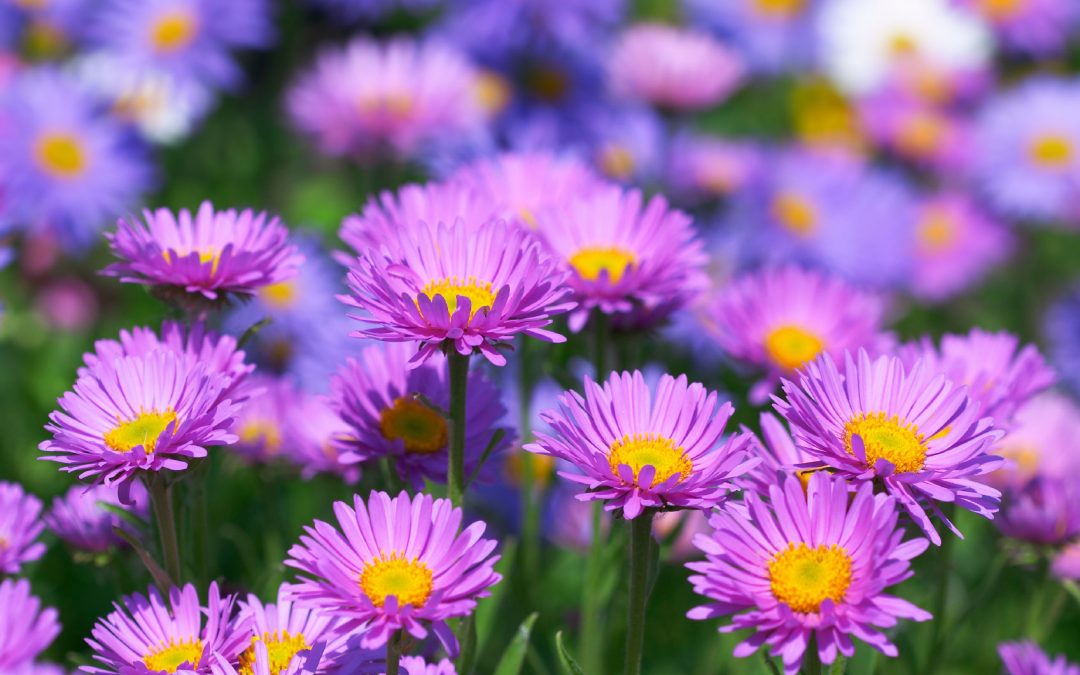About Heronswood Asters
Aster (the Latin word for "star") is one of the largest genera of perennials, representing the huge family of "daisies" or "composites" – the Asteraceae. Some are woodland species (including Aster divaricatus), but most are sunny meadow or roadside denizens. Selected from our native species, the newer Aster cultivars satisfy the desire for informal, trouble-free perennials for landscaping, and add fresh color to the garden in late-summer or fall.
How to care for your Heronswood Asters
Asters are hardy and trouble-free perennials but should be planted soon after receiving them. Just make sure as with all new plant arrivals that the soil is kept moist (but not soaking wet), and the plant is held in an outdoor location protected from direct sunlight. The north side of your house or an unheated garage make excellent holding places. If you do not plan on planting for at least a week, consider heeling/trenching the plant into the north side of the garden. You’ll need to pay attention to the moisture, keeping the root zone moist to the touch.
Where do I plant my Asters?
Asters should be planted in well-drained, average soils. Aster divaricatus types are woodland plants and tolerate dry shady conditions; they are ideally planted in partial-shade or morning sun. The other species we offer are open meadow plants so full sun is ideal for them.
How do I plant my Asters?
Dig a hole that is twice as wide and deep as the container the plant is in. Incorporate some organic matter (humus, compost, peat moss, and the like). Backfill the hole and set the plant "crown" (just above where the roots meet the stem) even with ground level, firming the soil around the roots. Water-in well as with any new planting.
What should I do in order to have my Asters increase in beauty from year to year?
Asters are relatively low-maintenance plants. As the flowers fade and seed pods form, you can remove the flower stems to prevent seedlings from sprouting in surrounding areas, since the offspring are typically unlike the parent plant. During prolonged drought, some supplemental watering (a deep soak once per week) is beneficial especially in the first year or two after planting.

